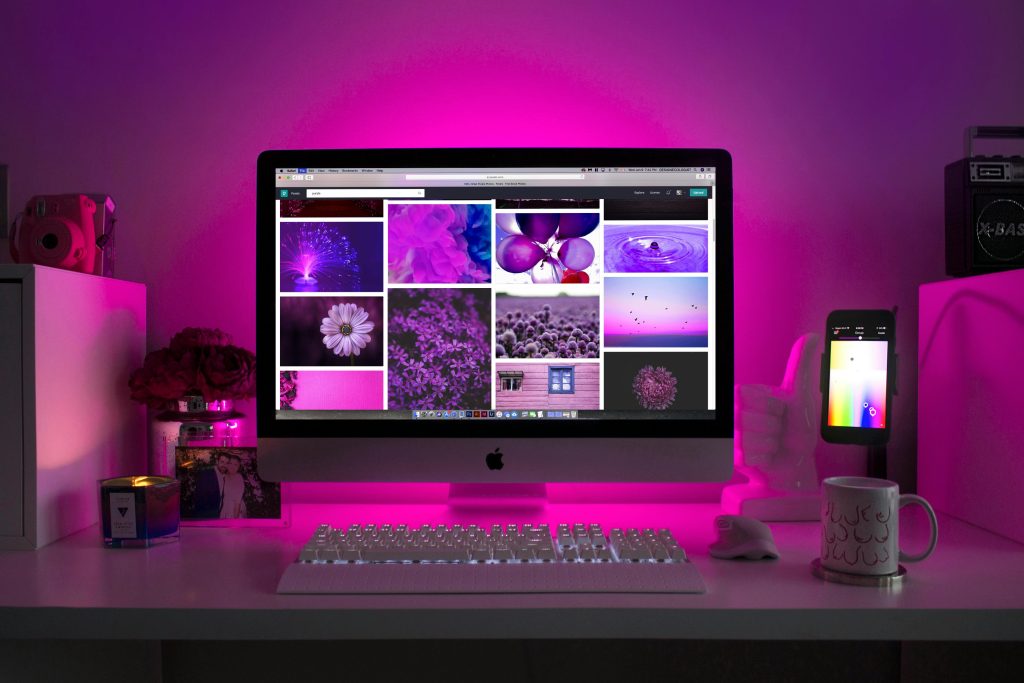Troubleshooting PC to TV Display Issues: A Comprehensive Guide
Introduction
Modern computing setups often involve connecting multiple displays to a single PC to optimize productivity and entertainment. As convenient as this can be, it sometimes leads to technical issues, such as the inability to display content on a secondary device like a TV. This blog post will explore a detailed scenario where a user faces this very challenge, and provide comprehensive strategies to troubleshoot and resolve the issue. We’ll delve into potential causes, explore solutions, and offer tips for managing multi-display setups effectively.
Understanding Multi-Display Setups
Before diving into the troubleshooting steps, it’s crucial to understand how multi-display setups work. Most PCs with Windows 10 or later are equipped with multiple display outputs, allowing users to connect monitors and TVs simultaneously. This setup becomes beneficial for multitasking, gaming, presentations, or watching content directly on a bigger screen.
Scenario Background
Imagine a user with a PC running Windows 10, connected to two monitors and a Smart TV. The setup functioned flawlessly until a cable fault led to temporary disconnection. After replacing the cable, the user stumbled upon several issues. The TV, once an essential part of their configuration, no longer reliably displays a signal post-booting. Let’s dissect this situation to explore solutions.
Diagnosing the Issue
Cable and Hardware Checks
-
Cable Integrity: The first step involves checking all cables. A damaged HDMI or DisplayPort cable can severely affect signal transmission. Use a different cable to test if the TV receives a signal.
-
Port Examination: Inspect PC ports and those of the TV for damage or debris. Misaligned connections might also cause display issues.
-
Check TV Settings: Ensure the TV is set to the correct input source. Sometimes, TVs may default to inactive HDMI ports.
Software and Driver Considerations
-
Graphics Driver Update: After hardware checks, look into driver-related issues. An outdated or corrupt graphics driver could hinder display performance. Update the driver through Windows Update or the manufacturer’s website (NVIDIA, AMD, Intel).
-
Display Settings in Windows: Reassess the display settings. Right-click on the desktop, select “Display settings,” and verify if the TV is detected. Use “Detect” to try manually linking the displays.
-
Windows Reinstallation: The user mentioned reinstalling Windows as a troubleshooting step. Ensure a proper version and any recent updates that could impact display configurations were considered.
Advanced Troubleshooting Steps
BIOS and Firmware Updates
-
BIOS/UEFI Update: Occasionally, the solution requires updating the BIOS/UEFI firmware. Follow the motherboard manufacturer’s guidelines for updates that might resolve display issue inconsistencies.
-
Firmware Update for the TV: Some TVs offer firmware updates that enhance compatibility with devices or add new functionality. Check the TV manufacturer’s website or contact their support.
Exploring the PC and TV Hardware
-
Graphics Card Analysis: Verify if the graphics card supports the multi-display setup. Compatibility issues might arise with specific card models, especially older ones. Consider consulting technical specifications and forums for similar user issues.
-
Resetting Display Configuration: Using software utilities like “Display Changer” or built-in command prompts can revert the display settings to default, possibly resolving conflicts.
Common Causes and Solutions
Faulty Setup
Sometimes, simple adjustments solve the most complex-seeming issues.
-
Incorrect Input Source: Double-check if the TV’s input source is correctly set.
-
Resolution Settings: The PC might be outputting a resolution unsupported by the TV. Adjust the resolution settings to a standard one compatible with the TV’s specifications.
Power Management
-
Power Surge Issues: A surge protector might be prudent for safeguarding electronics against voltage spikes that upset normal operations.
-
Energy Saving Modes: Disable energy-saving modes on both PC and TV that could interrupt normal signal transmission.
Conclusion
Dealing with multi-display issues, particularly between a PC and a TV, can be perplexing but often has resolutions within reach. The intricacies of troubleshooting involve methodical checks of cables, settings, and system configurations. Users should also remain open to seeking expert advice on forums like Reddit—home to diverse user experiences—or professional support if at an impasse.
Maintaining updated systems, understanding hardware capabilities, and ensuring reliable connections will also prevent future occurrences of similar issues. As technology increasingly integrates with daily activities, equipping oneself with the knowledge to resolve tech challenges is invaluable.
Final Tips
-
Back-Up Configurations: Use software tools to save display configurations, allowing for easy restoration after unexpected changes.
-
Experiment with Configurations: What may have worked before might need slight adaptations. Be open to trying different setups until achieving optimal results.
Ultimately, resolving the issue of a PC not displaying on a TV anymore requires patience, a logical approach to potential problems, and an openness to updated technology solutions. By following the guidelines and leveraging available resources, most users can restore and enhance their tech experiences.
Share this content:



Response to PC does not display on my TV anymore
It sounds like you’re experiencing a frustrating situation with your PC not displaying on the TV despite it having worked previously. Here are some additional steps and insights to help you troubleshoot the issue more effectively:
Additional Cable and Connection Checks
Try Different HDMI Ports: If your TV has multiple HDMI ports, try switching to a different one. Sometimes, a specific port might malfunction.
Use Another Device: Connect a different device (like a gaming console or Blu-ray player) to the same HDMI port on the TV to rule out port issues.
Software Conflicts
Graphics Settings in Control Panel: Navigate to the Control Panel (not just display settings) and check the graphics settings provided by your graphics card’s software (like NVIDIA Control Panel or AMD Radeon Settings). Ensure the PC output is set to the correct display.
Safe Mode Boot: Try booting your PC in Safe Mode to see if it displays on the TV. If it does, a third-party application may be interfering with the regular display settings.
Windows Settings
Hi there! It appears you’re experiencing issues with your TV not displaying content from your PC after replacing a cable. Here are some troubleshooting steps that might help resolve the problem: